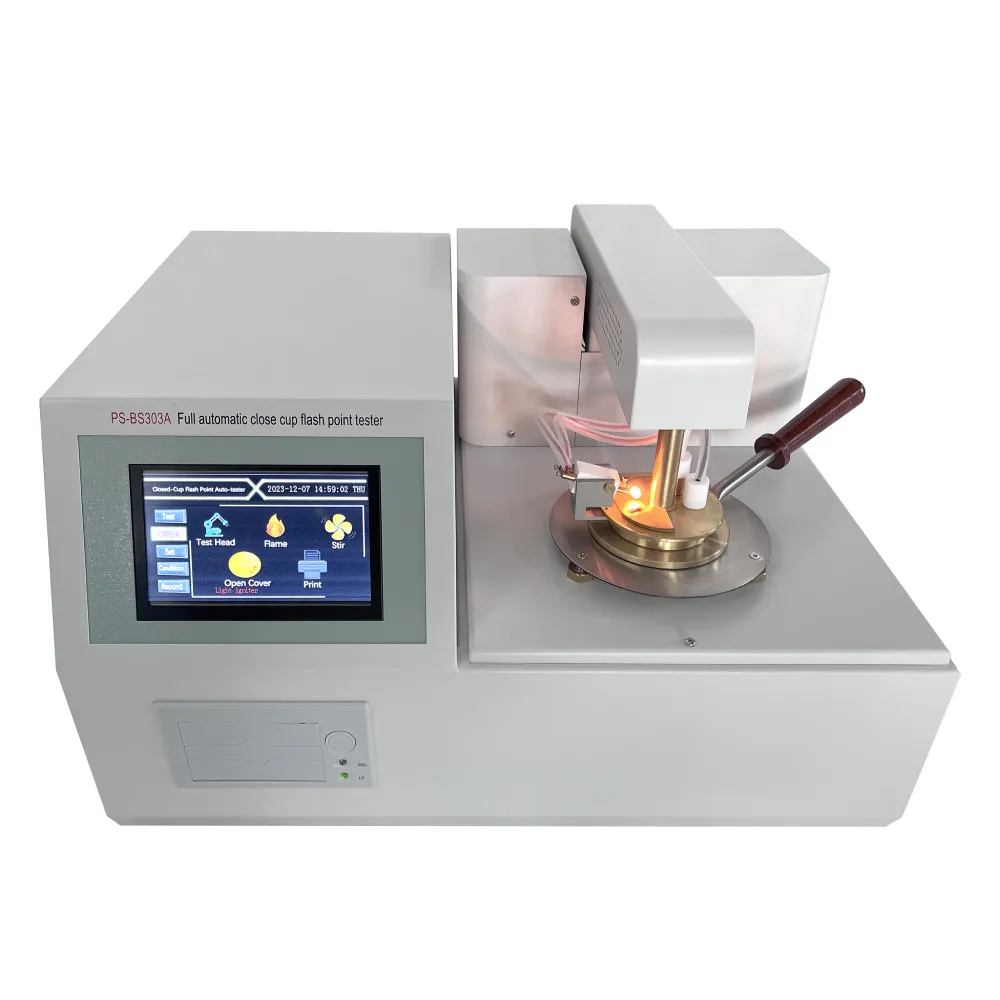 English
English


insulation power factor test
Understanding Insulation Power Factor Testing
Insulation power factor testing is a critical diagnostic tool used within the electrical engineering field to assess the condition and performance of insulation systems in high-voltage equipment. This testing method is essential for ensuring the longevity and efficacy of electrical machinery, as well as for preventing premature equipment failures, which can lead to costly downtimes or dangerous situations.
What is a Power Factor?
The power factor is a measure of how effectively electrical power is being converted into useful work output. In the context of insulation testing, the power factor indicates the condition of the electrical insulation material. It is defined as the ratio of real power to apparent power, often expressed as a percentage. Specifically, in insulation testing, we are interested in the dielectric power factor, which reflects the losses in the system. A high power factor value indicates poor insulation, while a low value suggests that the insulation system is functioning optimally.
The Importance of Insulation Testing
Electrical insulation materials are critical in preventing short circuits and electrical leaks. Over time, these materials can deteriorate due to factors such as moisture, temperature fluctuations, and mechanical stresses. Regular insulation power factor testing provides insights into the health of these materials, allowing for proactive maintenance and repairs before more significant issues arise.
Testing can reveal conditions such as
- Moisture Inclusion Water ingress in insulation materials can significantly affect their dielectric properties, raising the power factor. - Aging and Degradation Over time, insulation materials can break down due to electrical stress or thermal exposure, resulting in increased losses and an elevated power factor. - Mechanical Damage Physical wear and tear can create weak points in insulation, leading to faults and a higher power factor reading.
How is Insulation Power Factor Testing Conducted?
insulation power factor test

Insulation power factor tests are typically performed using test equipment that applies a high voltage to the insulation system
. The setup usually involves a capacitance measuring instrument, which assesses the capacitance of the insulation and calculates the power factor using the formula\[ \text{Power Factor} = \frac{\text{Resistive Loss (I)}}{\text{Total Current (I)}} \]
The testing procedure can be summarized in a few key steps
1. Preparation The equipment must be isolated and de-energized to ensure safety. Proper safety measures should be followed to prevent electrical accidents.
2. Testing The technician connects the testing equipment to the insulation. High voltage is applied gradually while monitoring the current and voltage to determine the capacitance and power factor.
3. Analysis The results are analyzed against industry standards and historical data to assess the condition of the insulation. Any deviations or significant changes in the power factor can indicate potential problems.
4. Reporting Finally, a detailed report is generated, summarizing the findings, recommendations for repairs, and any necessary follow-up testing.
Conclusion
Insulation power factor testing is an indispensable aspect of maintaining the health and safety of electrical systems. By understanding the importance of this testing and regularly assessing the condition of insulation materials, businesses can enhance the reliability of their electrical equipment, prolong asset life, and avoid costly downtimes due to unexpected failures. With the electrical industry continually evolving, embracing these testing methodologies will ensure that systems remain safe, efficient, and up to the performance standards of modern technological demands. Regular testing not only complies with industry regulations but also fosters a culture of preventative maintenance that is vital in today's fast-paced industrial environment.
-
Differences between open cup flash point tester and closed cup flash point testerNewsOct.31,2024
-
The Reliable Load Tap ChangerNewsOct.23,2024
-
The Essential Guide to Hipot TestersNewsOct.23,2024
-
The Digital Insulation TesterNewsOct.23,2024
-
The Best Earth Loop Impedance Tester for SaleNewsOct.23,2024
-
Tan Delta Tester--The Essential Tool for Electrical Insulation TestingNewsOct.23,2024





